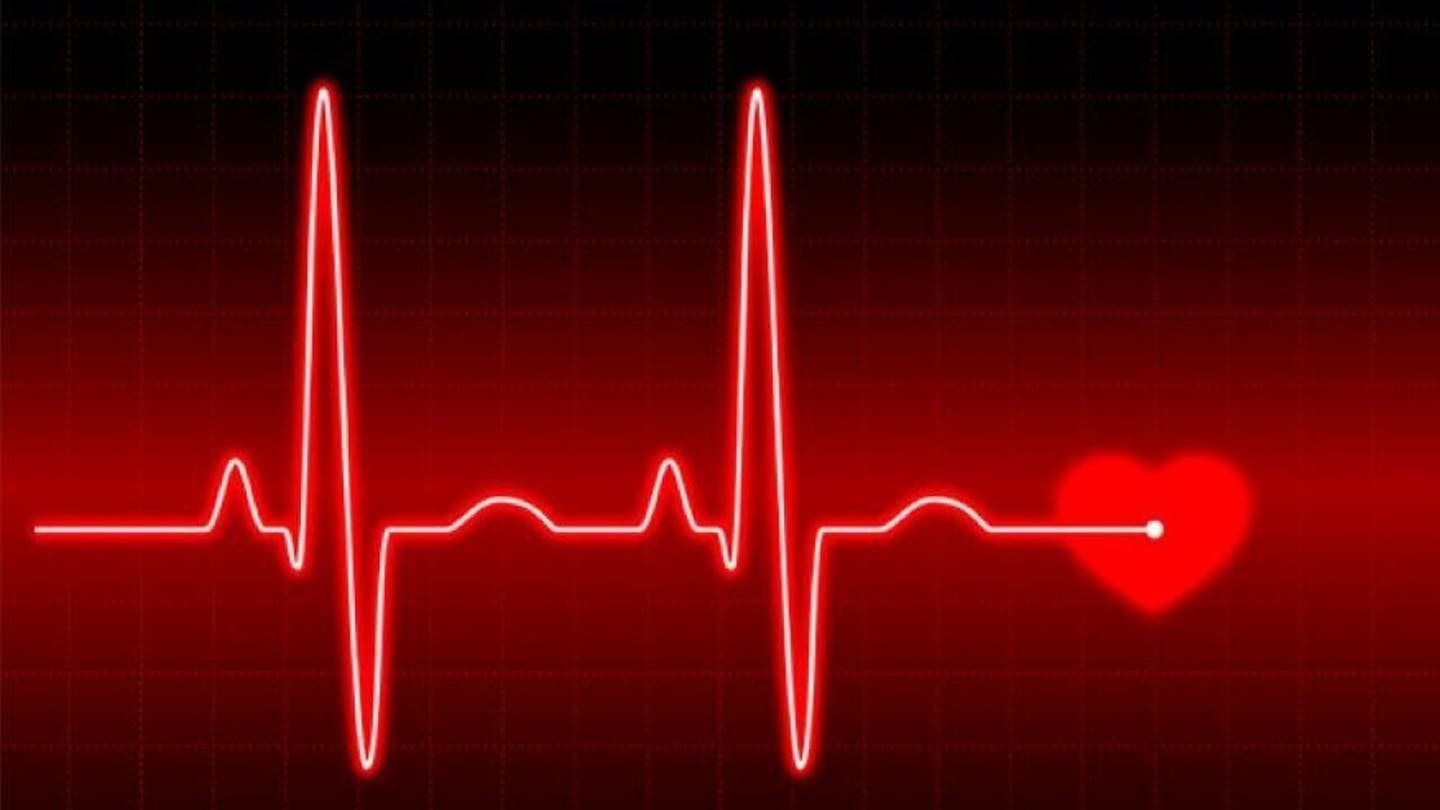NEWYou now have the option to listen to articles from Fox News!
Recent research suggests that your heart may be older than your actual age.
According to a study conducted by Northwestern Medicine, most American adults have a “heart age” that is typically several years older than their chronological age.
The study revealed that this discrepancy is more significant among men compared to women, as well as in Black and Hispanic individuals, and those with lower education and income levels, as stated in a press release from the university.
To assist individuals in determining their cardiac age, the researchers have created an online tool that calculates this information for free.
Using criteria from the American Heart Association, the PREVENT Risk Age Calculator assesses a person’s heart disease risk based on factors such as blood pressure, cholesterol levels, smoking habits, current medications, and the presence of diabetes.
A study from Northwestern Medicine found that most American adults have a “heart age” that is several years older than their chronological age. (iStock)
The risk level is presented as an age rather than a percentage.
Dr. Sadiya Khan, the Magerstadt professor of cardiovascular epidemiology at Northwestern University Feinberg School of Medicine and senior author of the study, emphasized the significance of utilizing heart age as a preventive measure against heart disease.
“Many people who should be on medicine to lower their risk for heart attack, stroke or heart failure are not on these medications.”
Khan explained that the concept of heart age simplifies the information regarding the risk of heart-related conditions over the next decade, making it easier for individuals to comprehend and compare with their actual age.
The objective of the tool is to facilitate more effective discussions between healthcare providers and patients about heart disease risk, ultimately leading to appropriate preventive measures to avoid heart-related events such as heart attacks, strokes, or heart failure.
The tool was tested on over 14,100 American adults aged 30 to 79 without a history of heart disease, utilizing data from the National Health and Nutrition Examination Survey (NHANES) from 2011 to March 2020.

The PREVENT Risk Age Calculator determines a person’s heart disease risk based on several factors, including blood pressure, cholesterol levels, smoking status, current medications and the presence of diabetes. (iStock)
The study revealed that women had an average heart age of 55.4, nearly four years higher than their average chronological age of 51.3, while men had an average heart age of 56.7, seven years higher than their chronological age of 49.7.
Moreover, more than 22% of women and 33% of men with a high school education or lower had a heart age that surpassed their chronological age by over a decade.
The findings of the study were published in JAMA Cardiology, underscoring the importance of raising awareness about heart health risk to promote preventive care.

The hope is that more information about heart health risk could increase preventive care, the lead researcher said, as heart disease has been the country’s leading cause of death for over 100 years. (iStock)
The researchers believe that the heart age calculator will facilitate discussions about prevention and contribute to overall health improvement for individuals at risk of heart-related conditions.
It is especially crucial for younger individuals to be made aware of their heart disease risk to promote healthy lifestyle changes and preventive therapies.

Future studies are needed to measure the impact of heart age on healthy lifestyle changes, preventive therapies and patient outcomes, the team concluded. (iStock)
However, the researchers cautioned that the calculator should not be seen as a substitute for professional medical assessments conducted by a physician.
They also acknowledged that further studies are necessary to evaluate the influence of heart age on lifestyle modifications, preventive treatments, and patient outcomes.
Melissa Rudy serves as the senior health editor and a member of the lifestyle team at Fox News Digital. For story tips, feel free to reach out to melissa.rudy@fox.com.





